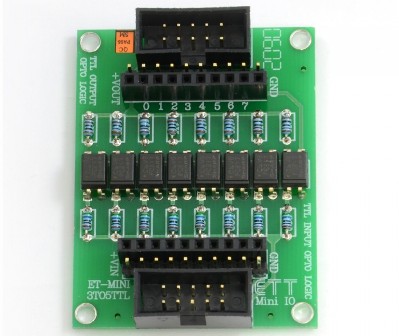What is galvanic isolation
 Galvanic isolation or galvanic isolation is the general principle of electrical (galvanic) isolation of the electrical circuit in question in relation to other electrical circuits. Thanks to galvanic isolation, it is possible to transmit energy or a signal from one electrical circuit to another electrical circuit without direct electrical contact between them.
Galvanic isolation or galvanic isolation is the general principle of electrical (galvanic) isolation of the electrical circuit in question in relation to other electrical circuits. Thanks to galvanic isolation, it is possible to transmit energy or a signal from one electrical circuit to another electrical circuit without direct electrical contact between them.
Galvanic isolation makes it possible to guarantee, in particular, the independence of the signal circuit, since an independent current loop of the signal circuit is formed with respect to the currents of other circuits, for example, the power circuit, during measurements and in feedback circuits. This solution is useful for ensuring electromagnetic compatibility: it increases noise immunity and measurement accuracy. Galvanic isolation of the input and output of devices often improves their compatibility with other devices in harsh electromagnetic environments.
Of course, galvanic isolation also ensures safety when people work with electrical equipment.This is one measure and isolation of a particular circuit should always be considered in conjunction with other electrical safety measures such as protective earthing and voltage and current limiting circuits.
Various technical solutions can be used to ensure galvanic isolation:
-
inductive (transformer) galvanic isolation, which is used in transformers and to isolate digital circuits;
-
optical isolation using an optocoupler (optron) or opto-relay, the use of which is typical for many modern pulsed power supplies;
-
capacitive galvanic isolation when the signal is fed through a very small capacitor;
-
electromechanical separation by, for example, electromechanical relay.
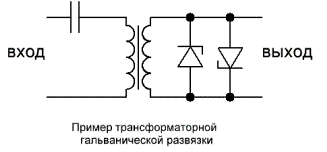
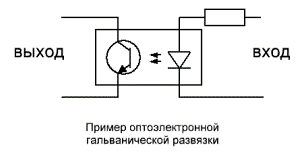
Currently, two options for galvanic isolation in circuits are very widespread: transformer and optoelectronic.
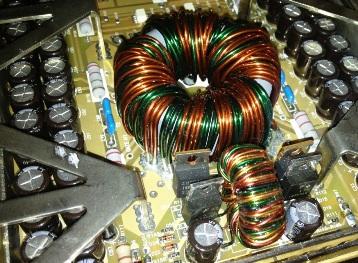
The construction of transformer-type galvanic isolation involves the use of a magnetic induction element (transformer) with or without a core, the output voltage taken from the secondary winding, which is proportional to the input voltage of the device. However, when applying this method, it is important to consider the following disadvantages:
-
the output signal can be affected by interference from the carrier signal;
-
Isolation frequency modulation limits the bandwidth;
-
Large sizes.
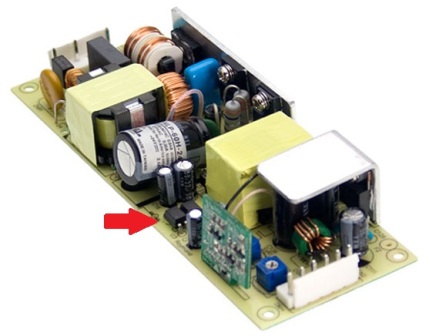
The development of semiconductor technology in recent years has expanded the possibilities for constructing optoelectronic devices for optocoupler-based isolation.
The principle of operation of the optocoupler is simple: an LED emits light, which is perceived by a phototransistor.This is how the galvanic isolation of the circuits is carried out, one of which is connected to the LED and the other to the phototransistor.
This solution has a number of advantages: a wide range of decoupling voltages, up to 500 volts, which is important for building data entry systems, the ability to work with decoupling signals up to tens of megahertz, small component sizes.
Without galvanic isolation, the maximum current flowing between circuits is limited to only relatively small electrical resistances, which can lead to equalization currents that can damage both circuit components and people touching unprotected equipment. A decoupling device specifically limits the transfer of energy from one circuit to another.

